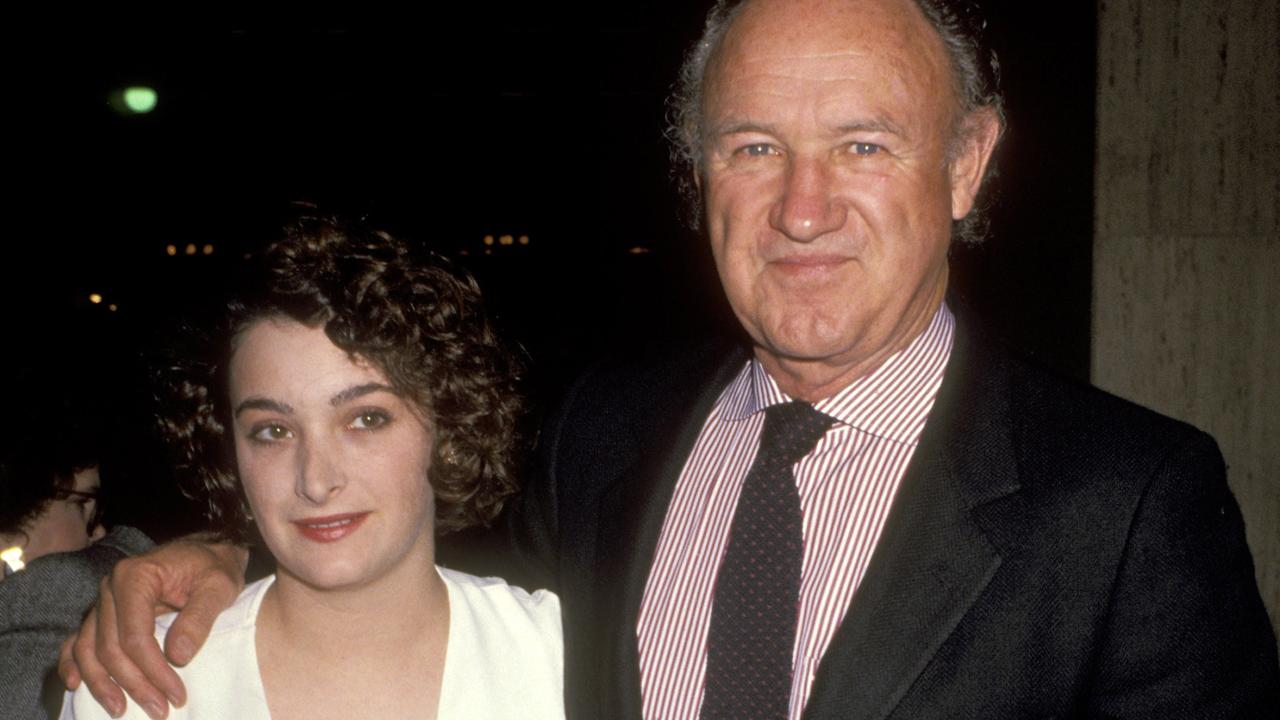Police set to reveal new details on the mystery surrounding the death of Gene Hackman and his wife
New Mexico authorities are set to finally shed light on the bizarre circumstances surrounding the death of the Hollywood icon and his wife.

Authorities are set to reveal new information that will shed light on the mysterious death of Hollywood legend Gene Hackman and his wife, Betsy Arakawa.
The pair’s partially mummified remains were found last month at their home in New Mexico, sparking a weeks-long mystery that has yet to be solved.
The Santa Fe County Sheriff’s Office has said it does not suspect foul play, and tests for carbon monoxide poisoning were negative.
However, Mendoza announced on Thursday that an update has been scheduled for Friday afternoon (local time) that will shed further light.

MORE: Fortune left behind by Gene Hackman revealed
Sheriff Adan Mendoza and state fire, health and forensics officials have scheduled an afternoon press conference, which will be Saturday morning AEDT.
Mendoza has said the couple may have died up to two weeks before they were discovered. Hackman’s pacemaker last showed activity nine days before maintenance and security workers showed up at the home and alerted police.
Hackman’s body was found on the floor of a mudroom with a walking cane and sunglasses nearby. Detectives suspect he may have “suddenly fallen.” Arakawa’s body was found on the ground in a bathroom with a space heater near her head and an open bottle of prescription medication nearby.
Baden shared his theory that Arakawa’s death may have occurred after Hackman’s pacemaker stopped while she was trying to help her husband.

Heartbreakingly, one of the couple’s three dogs also was found dead in a crate in a bathroom closet near Arakawa, while two other dogs survived. Police initially misidentified the breed of dog.
More Coverage
Meanwhile, news of an imminent update comes after forensic pathologist Dr Michael Baden said in an appearance on Fox Report that the pacemaker records could offer a key clue to his death.
“That event would have been a cardiac arrest caused by an abnormal pulse rate,” Baden said, “The pacemaker keeps track of the pulse, and when it gets down too low, it discharges. And that’s all in the record.”
“So the autopsy showed he didn’t have any injury,” he continued. “There was no carbon monoxide. And he had – the most common cause of death in this country – severe heart disease, coronary artery disease and high blood pressure perhaps, from what’s been released. So that would cause him, having cardiac arrest in the mudroom, to collapse right there.”





